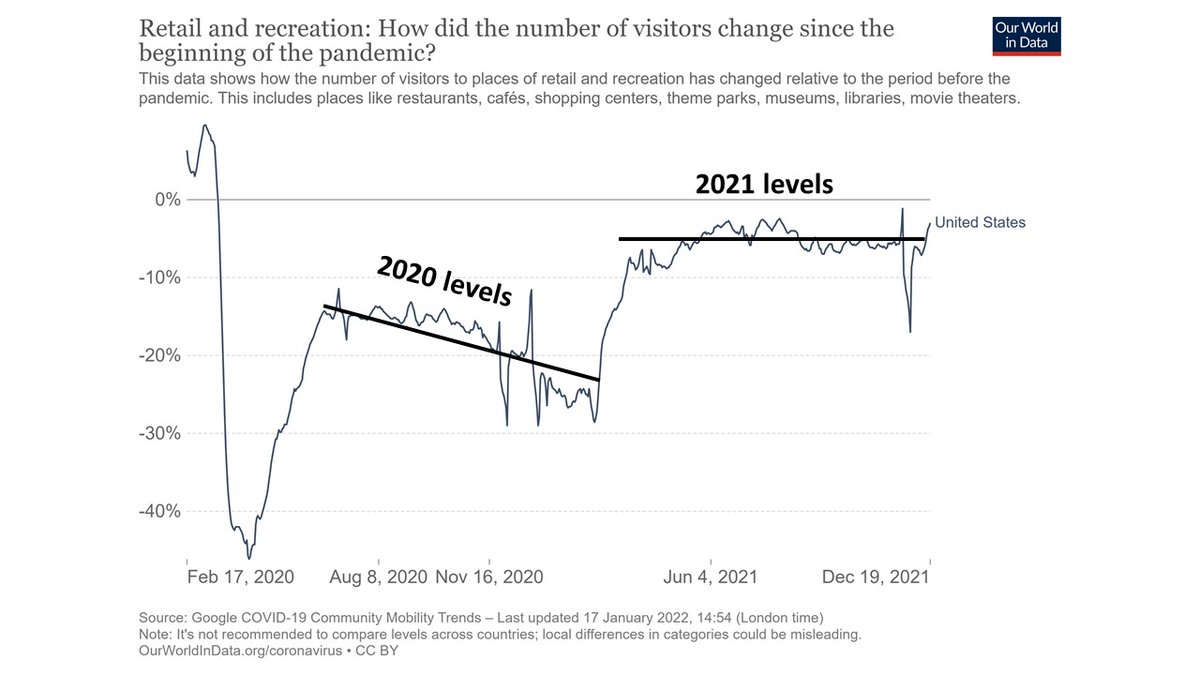Professional musing for the night:
Impactful scientists cultivate a reputation of doing science that is good, relevant, and nice.
My advice to junior researchers: be careful not to compromise too much on any of these three pillars.
Impactful scientists cultivate a reputation of doing science that is good, relevant, and nice.
My advice to junior researchers: be careful not to compromise too much on any of these three pillars.

If people perceive your science as good and nice but not relevant, you will be seen as living in an ivory tower.
You might publish lots of papers, but stakeholders (e.g., practitioners) will see your work as distanced from the real world.
You might publish lots of papers, but stakeholders (e.g., practitioners) will see your work as distanced from the real world.
If people perceive your science as nice and relevant but not good, your peers will discredit you.
Your work might be well received by funders/media/etc for a while, but if your peers think you cut scientific corners, word will get out that you are not a source to be trusted.
Your work might be well received by funders/media/etc for a while, but if your peers think you cut scientific corners, word will get out that you are not a source to be trusted.
If people perceive your science as good and relevant but not nice, nobody will want to work with you.
You might make a name for yourself to start, but we all need teams/referrals to succeed. If people are intimidated or hesitant to work with you, you will eventually flounder.
You might make a name for yourself to start, but we all need teams/referrals to succeed. If people are intimidated or hesitant to work with you, you will eventually flounder.
Ultimately, any one project is fleeting, but your reputation, once established, is hard to change.
If you find yourself becoming less rigorous, doing work that is less relevant, or being less nice - it's better to take a step back and re-evaluate than to plow forward.
If you find yourself becoming less rigorous, doing work that is less relevant, or being less nice - it's better to take a step back and re-evaluate than to plow forward.
In every thing we do - from the smallest peer review to the largest research project - we should seek to do science that is good, relevant, and nice. Else, the scientific enterprise (which depends on individual scientists) will suffer.
(The same applies to teaching, giving advice to friends, etc. If your lectures/advice/etc are not good, not relevant to your audience, or not delivered in a nice way - they will not make an impact.)
• • •
Missing some Tweet in this thread? You can try to
force a refresh















